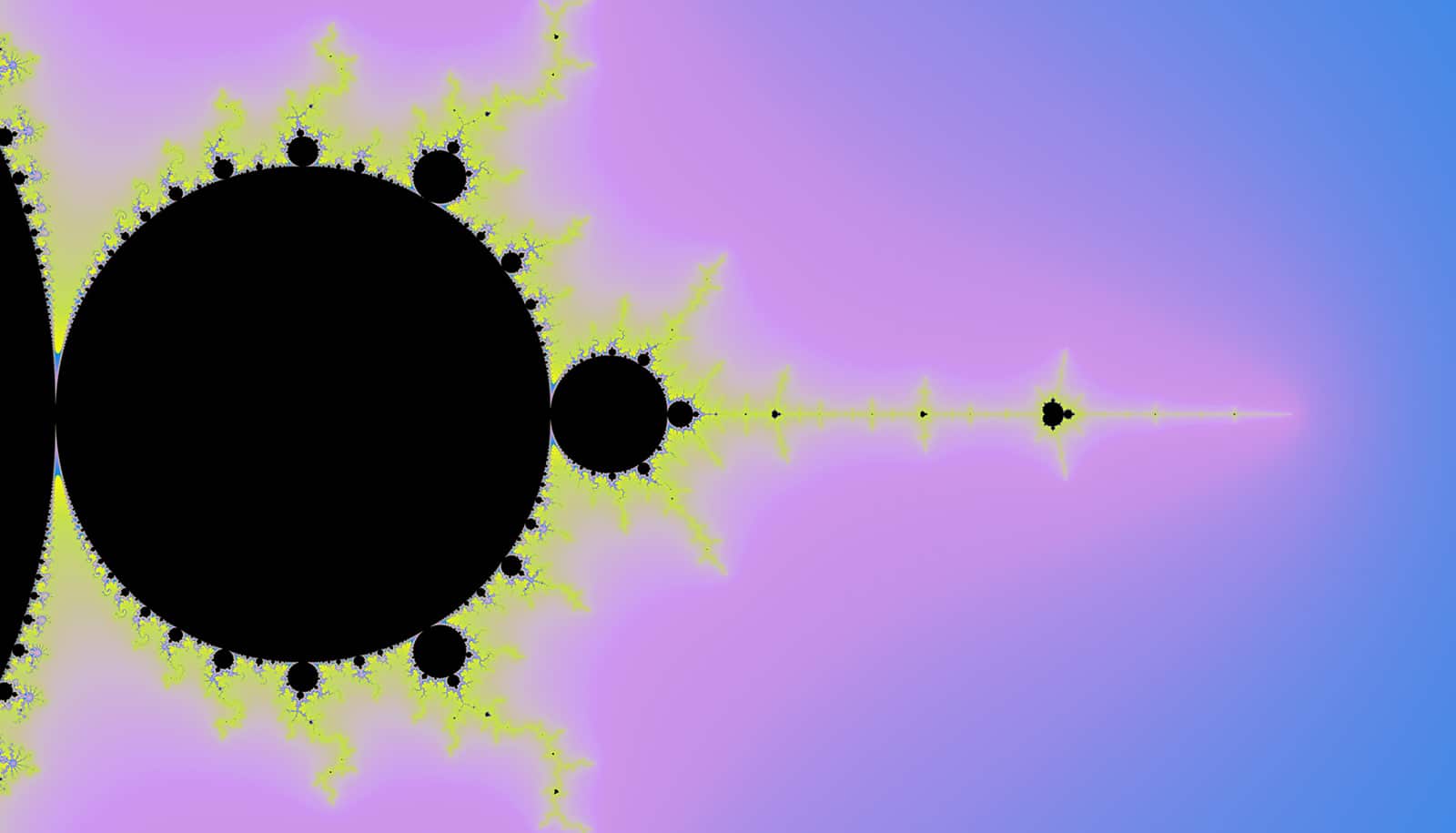The tics associated with Tourette syndrome have a fractal pattern, report researchers.
They also show that a key characteristic of that pattern in any individual can predict how severe the disease will become.
During the pandemic, news reports surfaced of a surge of young adults showing up at doctors’ offices with unexplainable movement disorders that looked, perhaps to a non-specialist, a little bit like Tourette syndrome.
But when those patients went to see a specialist, “They’d say, ‘that doesn’t look at all like any of my first thousand patients,'” says Kevin Black, professor of psychiatry at Washington University School of Medicine in St. Louis. People with experience knew that there were telltale properties of the tics associated with Tourette’s, even though there is no one tool that allows a doctor to give a diagnosis on the spot.
However, research published in the Journal of the Royal Society Interface by Black and Rajan Chakrabarty, associate professor of energy, environmental, and chemical engineering at the university’s McKelvey School of Engineering, may signal that a diagnostic tool is near.
Specialists had long suspected there was some kind of pattern to tics associated with Tourette’s, and in the late 1990s, a crucial paper by Bradley Peterson and James Leckman was able to uncover that pattern—but only over a period of seconds to minutes.
Black, a neuropsychiatrist who specializes in movement disorders, has been heading a research study on tics for years. As part of the New Tics Study, he had collected an impressive amount of data about tics in children as they were going through the yearlong diagnosis process.
He had all that data—nearly 1,000 minutes of footage documenting the timing of tics in 78 kids taken in two sessions, a year apart—but he needed the help of a complex systems scientist to figure out what the noisy datasets were telling him. He reached out to Chakrabarty. “My initial thought was, ‘Let’s just see if we can replicate Peterson’s finding,'” Black says.
Chakrabarty is an aerosol scientist and an expert in studying chaos and patterns in complex environmental systems; examples include studying the chaotic transport properties of pollution particles as they move through air under the influence of everything from wind to humidity to sunlight.
“Tics are chaotic,” Chakrabarty says. “Tics are a kind of chaos in human biology, in our neural networks.” His lab turned to the tools he uses to find the patterns in the chaos of aerosol systems.
Chaos is in fact not entirely random. Instead, it presents itself in degrees. Something can be very chaotic, or just a little chaotic, and that chaos can have a pattern. One way to quantify a particular kind of chaos is using a parameter called fractal dimension. A straight line has zero fractal dimension. If a system has some measure of chaos, then the fractal dimension is between one and two. If it’s closer to two, it’s less chaotic; closer to one is more chaotic.
Payton Beeler, a PhD student in Chakrabarty’s lab, used Black’s data to figure out two things. First, is the timing of Tourette’s tics really fractal in nature? Second, does the fractal dimension say anything about how severe the tics are, or will become?
To say that tics, or anything, has a fractal nature means that they are the same across scales. The familiar Mandelbrot fractal, for example, looks the same if you zoom in or zoom out. Tics, it turns out, are the same—just across time scales. Whether you are considering someone’s tics over a period of hours or months, the same fractal dimension value will emerge. (Credit: GIPHY)
Black shared his data with the Chakrabarty lab. It consisted of data points from two visits. When a person with tics came in for an initial screening visit they were observed under several different situations. Each time they had a tic, the observer noted the time. The person came back a year later and repeated the screening process.
Notably, for a Tourette’s diagnosis, a person must have had tics for a year or more.
Beeler compared Black’s data to two scenarios, a nonchaotic system and a completely chaotic system that was fractal in nature. Visually, the tic data looks more like that of the chaotic system but does not match point-for-point. The amount that the tic data strays from the chaotic system gave her the fractal dimension value.
Next, Beeler validated her findings against clinical ratings of tic severity. “What we found is exactly what we expected. If the clinical ‘tic score’ goes up, we see a drop in the fractal dimension, and vice versa. Our finding is very correlated with classical clinical measures,” she says.
Because the fractal dimension is the same across time and in different conditions, Black says, “It means that the fractal character relates somewhat to the actual tics and your behavioral state.”
In practice, this is what the finding means: a doctor could analyze the timing of tics in a patient’s first hourlong visit and diagnose a person with Tourette syndrome if the tic pattern was indeed fractal in nature. The doctor could get a measurement of fractal dimension and, if they analyzed the timing of that person’s tics over a monthlong or yearlong period, they would get the same fractal dimension value.
“It may boil down the yearlong diagnosis process into one number,” Beeler says—a number that a doctor can determine in one day as opposed to over one year.
The ability to determine whether or not someone has Tourette syndrome when they first present with tics can save time, money, frustration, and worry—and can even help those without Tourette’s get the help they need.
“Almost all of the research that’s been on Tourette syndrome has been on people who have had tics for a long time,” Black says. “Any brain changes we find thereafter could be causal. But they could be related to having had tics for a long time.” This data will help researchers identify people with Tourette syndrome at the earliest stages of the disease and learn more about how it affects the brain.
And then there are other kinds of tics—like the ones that seemed to increase during the pandemic. Known as “functional tics or functional tic-like movements,” these conditions require treatment entirely different from Tourette syndrome.
Understanding how these functional disorders differ from Tourette’s is Black’s next step. He suspects functional movements may have fractal patterns more like those of non-tic movements. He’d like to see how well the fractal dimension can discriminate between different types of disorders.
Funding for this study came from a McKelvey Collaboration Initiation Grant (CIG) and the NIH.



